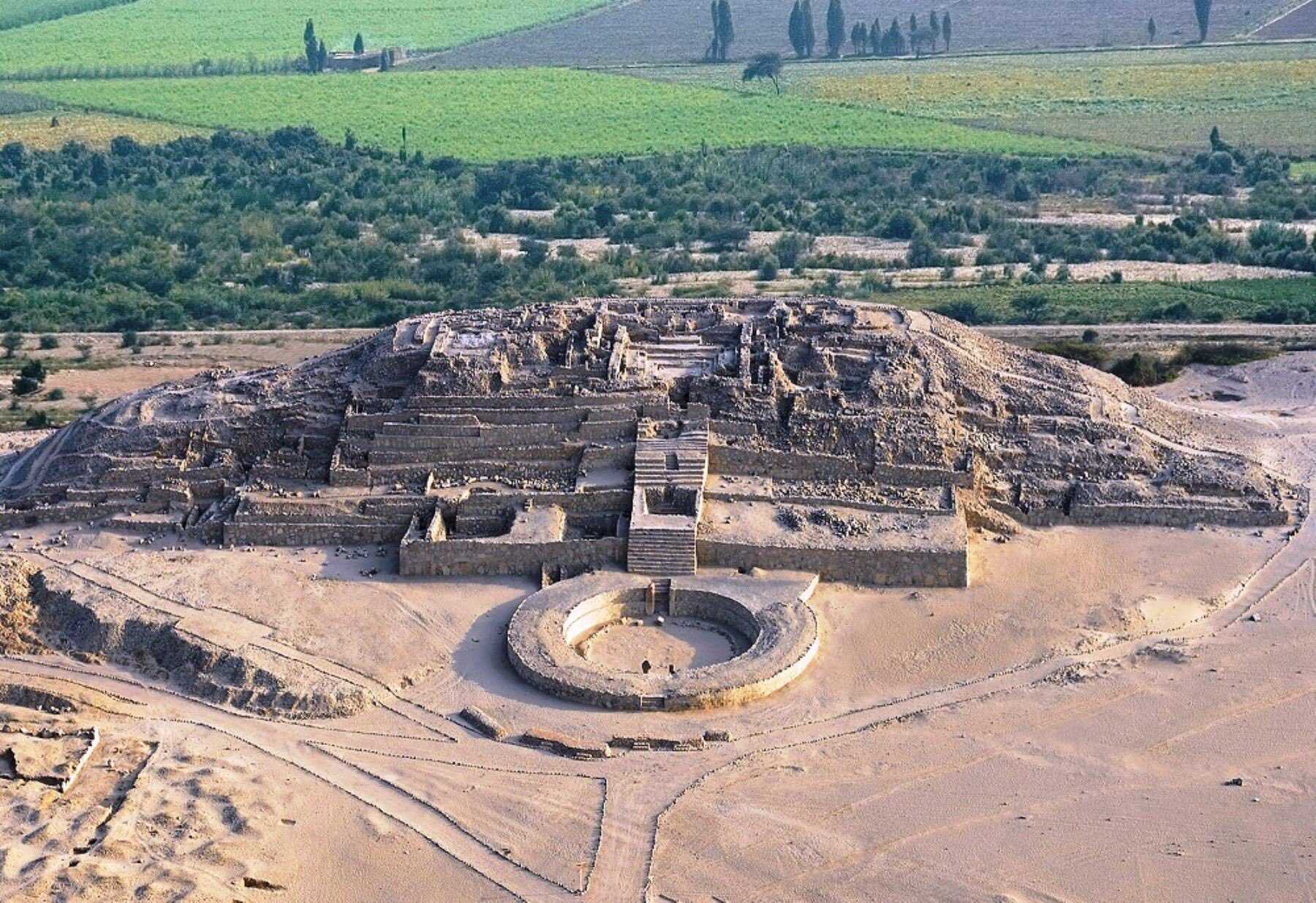The Oldest Civilization in the Americas
Caral is not just another ancient city; it’s a window into the oldest known civilization in the Americas. Located in the Supe Valley of coastal Peru, Caral predates other well-known civilizations like the Incas and even the Egyptians. In this article, we will delve into the six awe-inspiring Peruvian Pyramids of Caral and the artifacts that offer a glimpse into this ancient society.
Get your dose of History via Email
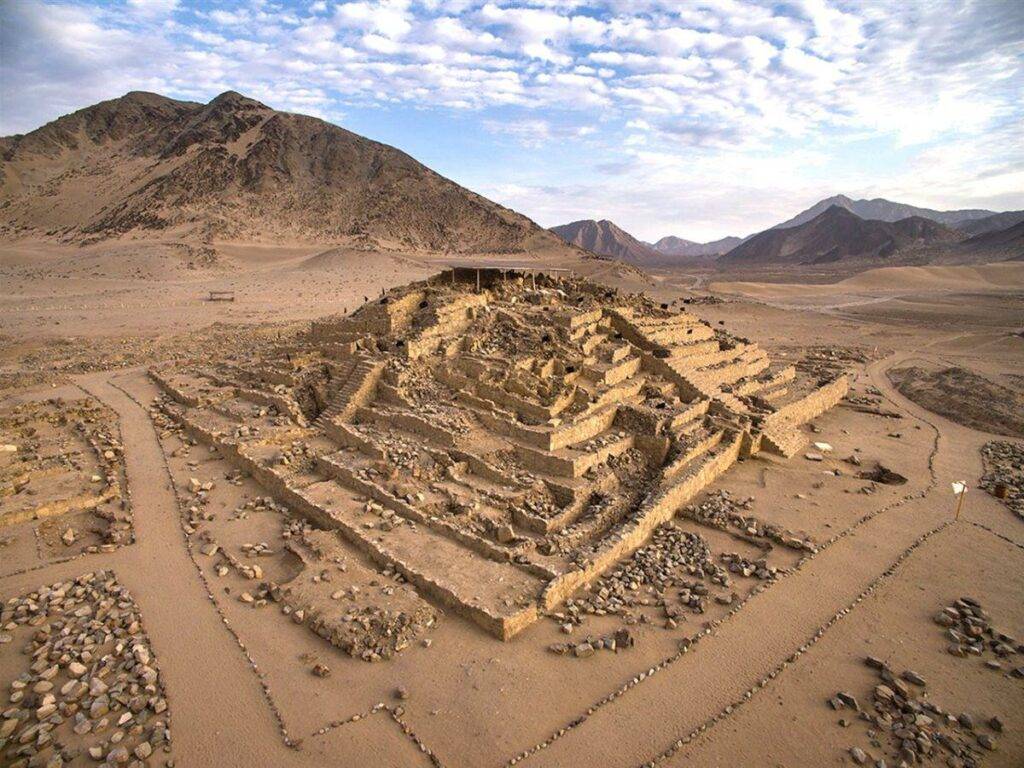
The Archaeological Site of Caral
Caral is situated about 200 kilometers north of Lima, Peru. The site covers an area of around 66 hectares and is characterized by its dry desert terrace and the green Supe Valley that surrounds it. The city was designated as a UNESCO World Heritage Site, further emphasizing its importance.
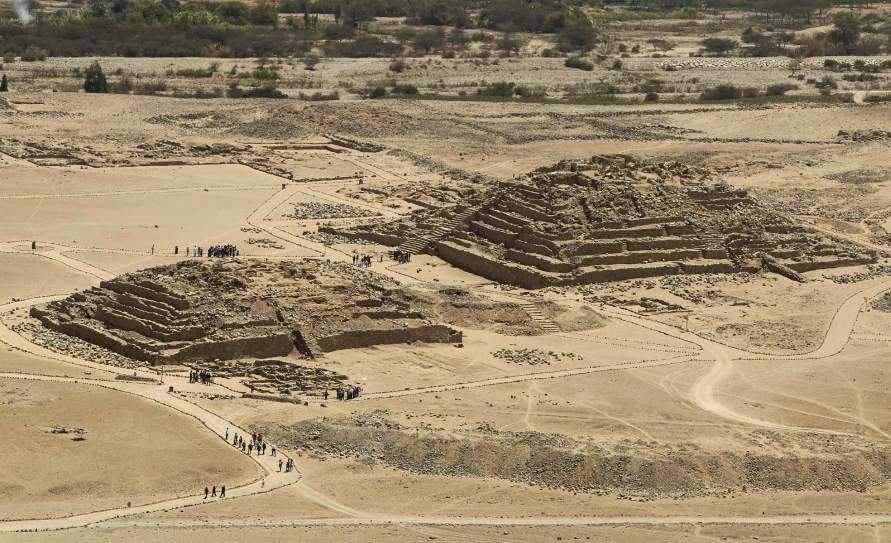
Unveiling Caral’s Lost Pyramids: Architectural Marvels
Caral is home to six large pyramidal structures, each with its own unique features and dimensions. The largest of these is the Great Pyramid, covering an area equivalent to four football fields. The pyramids were constructed using a technique called “shicra,” where stones were placed in mesh bags and then layered. The architectural prowess displayed in these Peruvian pyramids is a testament to the advanced state of the Norte Chico civilization.
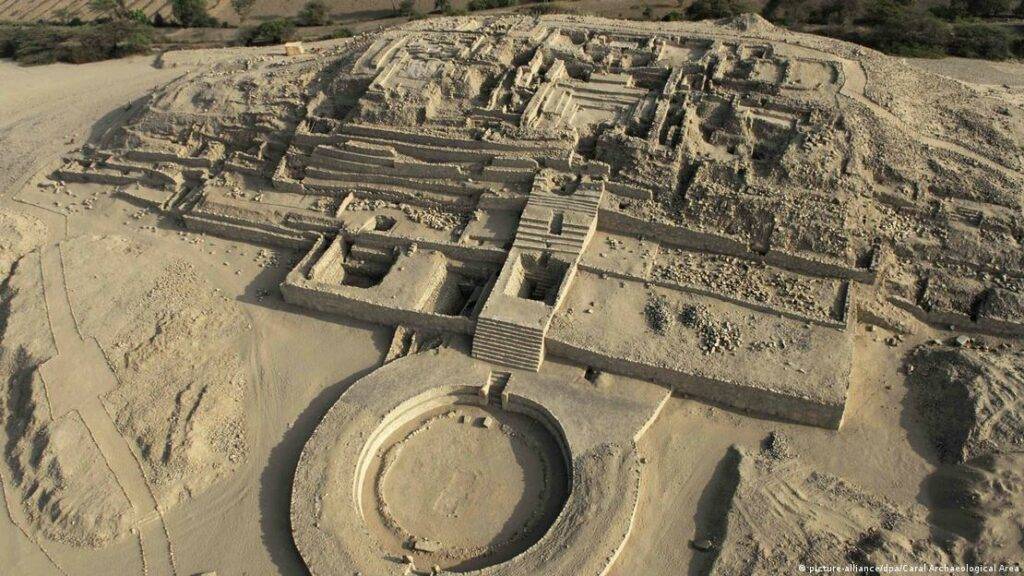
Discoveries and Artifacts from the Ancient City of Caral
Several significant artifacts have been unearthed in Caral, including knotted textile pieces, large fishing nets, and even flutes made from animal bones. These artifacts provide valuable insights into the social and cultural aspects of Caral’s society. The absence of weapons among the artifacts suggests that Caral was a peaceful society, focused more on trade and agriculture.
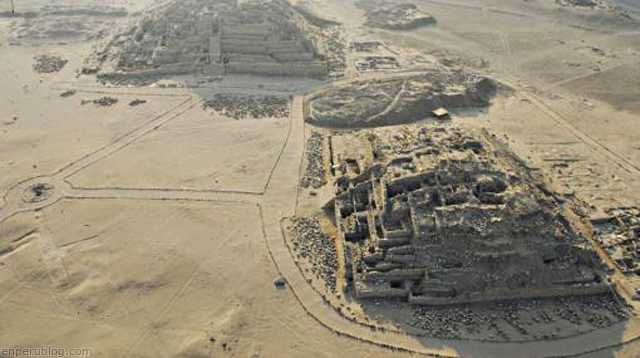
Advanced Civilization of Peru
Caral was a thriving metropolis with a fully developed socio-political state. The city was well-planned, with residential complexes and an administrative center. The society was likely ruled by a centralized authority, and it engaged in trade with neighbouring regions. The city’s plan and the spatial components of the city reflect a high level of urban planning and social organization.

Comparisons with Other Ancient Civilizations
When compared to other ancient civilizations like Egypt and Mesopotamia, Caral stands out for its age and level of advancement. Radiocarbon dating has confirmed that Caral is approximately 5,000 years old, making it one of the oldest urban centers in the world. The city’s monumental architecture and social organization place it on par with other great civilizations of antiquity.

Visitors’ Guide to Caral
If you’re planning to visit Caral, the site is generally open from 9 am to 4 pm. The entrance fee is around $4 for adults. It’s advisable to wear comfortable clothing and carry water. Nearby attractions include the beaches of Barranca and the Lachay National Reserve. Check out this comprehensive guide for visitors.
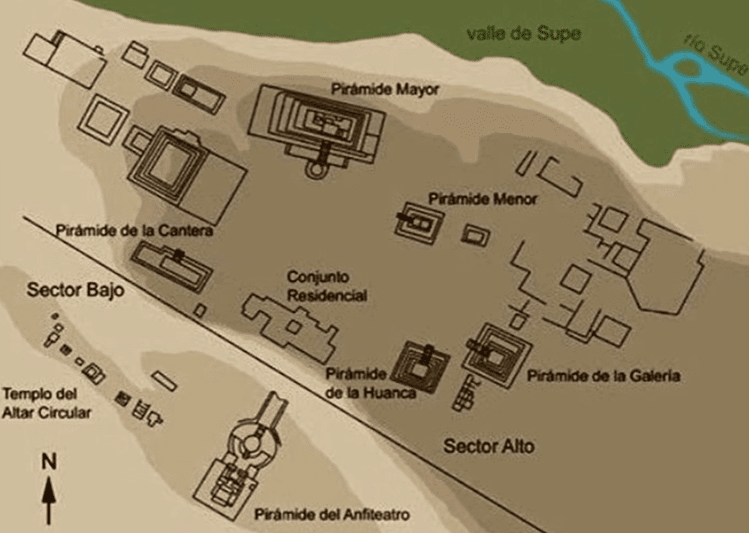
Conclusion: Caral’s Enduring Legacy
Caral is not just an archaeological site; it’s a testament to human ingenuity and the capabilities of ancient civilizations. The Caral Pyramids in Peru, artifacts, and well-planned urban settlement all point to a society that was far ahead of its time. As we continue to unearth its secrets, Caral serves as a poignant reminder of our rich and diverse cultural heritage.
FAQs (Frequently Asked Questions):
- What is the significance of Caral in ancient history?
- Caral is significant as it represents the oldest known civilization in the Americas and offers insights into early urban planning and architecture.
- How old is the city of Caral?
- Caral is approximately 5,000 years old, based on radiocarbon dating.
- Can visitors enter the pyramids in Caral, Peru?
- Visitors cannot enter the pyramids but can explore the site and view the pyramids from designated areas.
- Are there any ongoing archaeological excavations in Caral?
- Yes, the Caral-Supe Special Archaeological Project continues to conduct research and excavations at the site.

